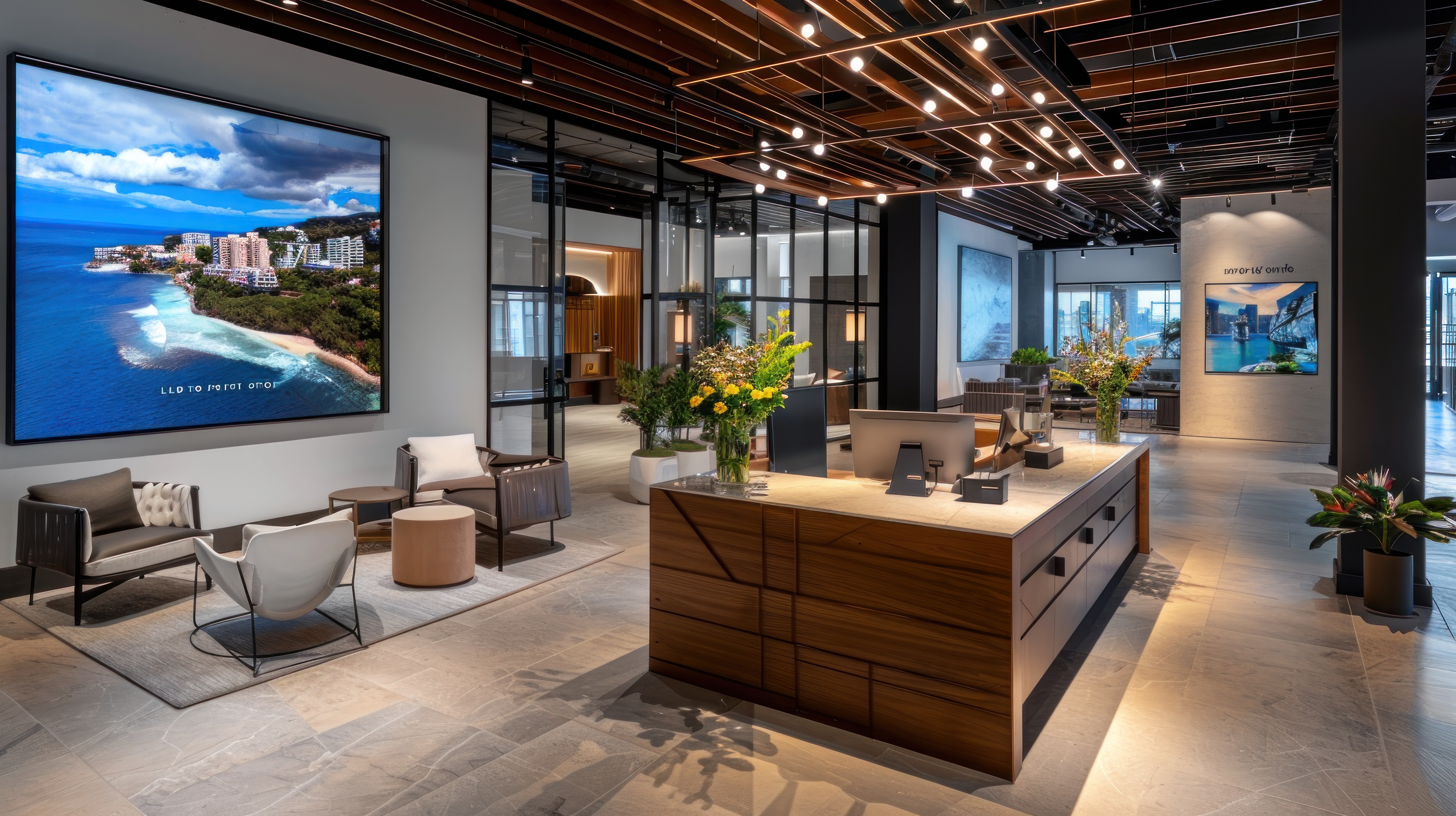Strategically planning your commercial real estate often takes years, 36 months or more, to bring a project from vision to reality. That’s why the most strategic CEOs don’t just plan for the next cycle—they anticipate the next era.
And sometimes, a development outside the world of commercial real estate hints at where that era is heading. Uber’s move into air taxis is one of those moments. It’s more than a transportation story—it’s a window into how vertical mobility could redefine the future of access, location, and Class AA real estate itself.
When mobility goes vertical, so must our thinking.
Class AA in the Age of Vertical Mobility
The “flight to quality” isn’t new. For years, leading companies have moved from aging buildings into trophy assets—better architecture, better technology, better everything.
But Uber’s leap into air mobility adds a literal new dimension to that trend. The next era of Class AA won’t be defined only by what’s inside the building—it will be defined by how the building connects to the sky.
Just as freeway access once dictated where value concentrated, and later proximity to light rail shaped urban growth, tomorrow’s premier properties will be those aligned with aerial access routes. Skyports and rooftop landing zones will become the next-generation differentiators—boosting prestige, driving tenant demand, and rewriting the concept of “prime location.”
The skyline itself is about to become part of the transportation grid.
A New Premium Amenity for High-End Clients
For executives, time isn’t just money—it’s the only thing they can’t make more of.
That’s why proximity to aerial routes won’t just be a convenience. It will become a new benchmark of efficiency and status.
Imagine:
-
A Phoenix tech founder skipping freeway traffic en route to Sky Harbor via a rooftop helipad.
-
A law firm hosting clients who step off a seaplane directly into a mixed-use tower for negotiations.
-
A hedge-fund partner leaving a Manhattan tower and touching down in the Hamptons in under 30 minutes.
This isn’t science fiction—it’s what’s next. In the same way fitness centers, concierge services, and LEED certifications became standard amenities at the top of the market, integrated air mobility will soon mark the new tier of elite buildings.
In the future, the best assets won’t just offer Class AA quality—they’ll offer Class AA access.

Future-Proofing the Real Estate Strategy
Uber’s partnership with Joby Aviation makes one thing clear: the future of mobility is vertical, electric, and sustainable. Joby’s aircraft are quiet, zero-emission, and can travel up to 200 mph.
That means leaders must start asking new strategic questions:
-
Are our key properties positioned near future skyports or flight corridors?
-
Could our brand benefit from being an early adopter of vertical mobility infrastructure?
-
Are we making location decisions that will still create an advantage a
decade from now?
The buildings that answer “yes” will attract more than tenants—they’ll attract attention, investment, and long-term relevance.
Forward-thinking CEOs don’t react to trends. They position ahead of them.
Talent, Clients, and Brand Prestige
Real estate strategy is never just about square footage—it’s about what the space signals.
Talent: The best employees want to be where innovation happens. A workplace that connects to future mobility hubs tells the world your company is moving faster than the market.
Clients: Arriving by air makes a statement. It communicates precision, hospitality, and forward momentum before a meeting even begins.
Brand: A headquarters that embraces sustainability and next-generation mobility becomes a physical embodiment of your values—vision, progress, and leadership.
In the war for talent, clients, and reputation, physical access to innovation will speak louder than any brochure ever could.
The CEO’s Call to Action
Uber and Joby’s partnership isn’t a concept on the horizon—it’s already shaping how investors, developers, and city planners think about the next generation of infrastructure.
Even if your market isn’t on the early rollout list—New York, Los Angeles, or Miami—the implications are coming for every city that values connectivity, speed, and talent attraction.
At Keyser, we see this as an inflection point. The definition of Class AA real estate is changing before our eyes. The future belongs to those willing to think vertically, plan strategically, and move before the rest of the market catches on.
Because in commercial real estate, the sky isn’t the limit anymore—it’s the next frontier.





